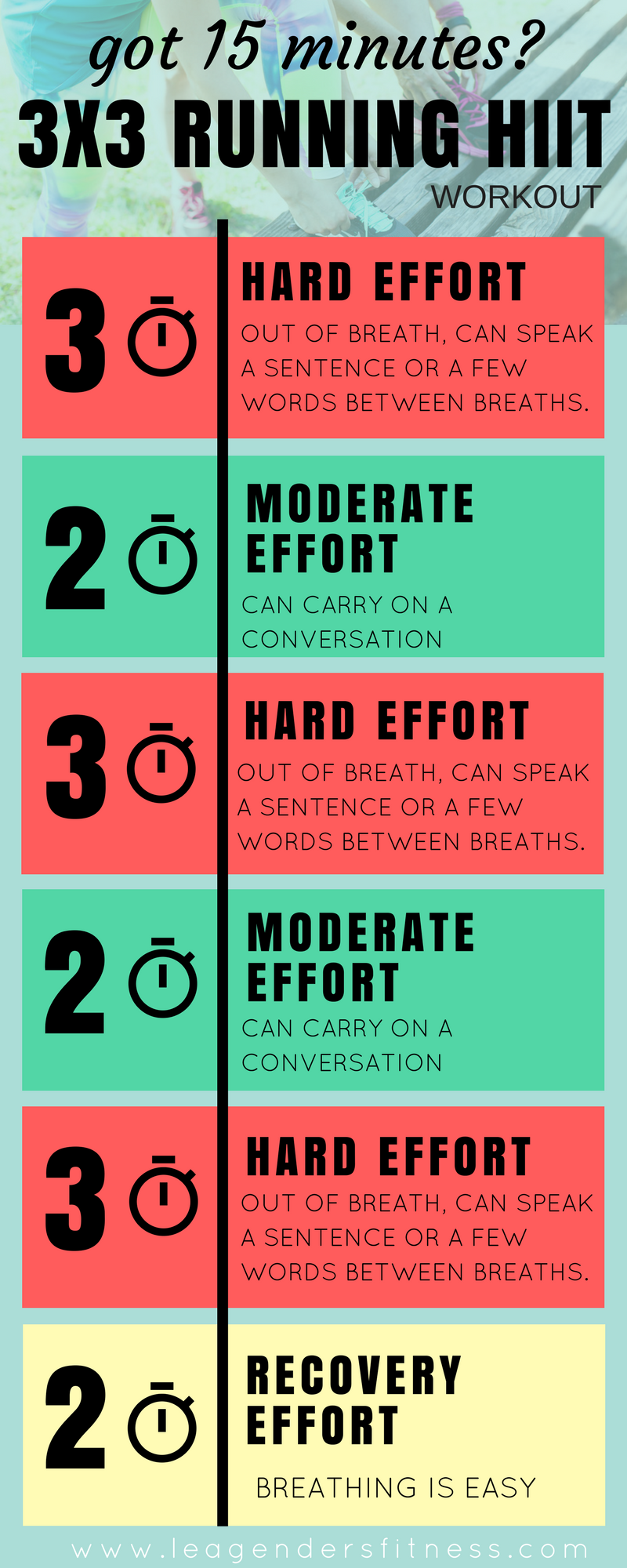Revamp Your Running Strategy: Tips for Boosted Performance
Revamp Your Running Strategy: Tips for Boosted Performance
Blog Article
Handling Typical Running Discomforts: Reasons, Solutions, and Avoidance
As joggers, we frequently come across numerous discomforts that can impede our efficiency and enjoyment of this physical activity. By discovering the root factors for these operating discomforts, we can uncover targeted services and precautionary steps to make sure a smoother and much more satisfying running experience.
Usual Running Discomfort: Shin Splints
Shin splints, an usual running discomfort, frequently result from overuse or inappropriate shoes throughout physical task. The repetitive tension on the shinbone and the tissues attaching the muscles to the bone leads to swelling and pain.
To stop shin splints, people need to progressively increase the intensity of their workouts, wear suitable footwear with proper arch support, and preserve versatility and stamina in the muscle mass surrounding the shin (running workout). Furthermore, integrating low-impact activities like swimming or cycling can help maintain cardiovascular fitness while allowing the shins to heal.
Usual Running Discomfort: IT Band Disorder
Along with shin splints, an additional common running pain that athletes typically experience is IT Band Syndrome, a condition brought on by swelling of the iliotibial band that leaves the external thigh and knee. IT Band Disorder commonly manifests as discomfort on the exterior of the knee, particularly during activities like running or biking. The iliotibial band is a thick band of fascia that links the hip to the shin, and when it becomes swollen or limited, it can scrub versus the thigh bone, bring about pain and discomfort.
Runners experiencing IT Band Disorder may notice a painful or hurting sensation on the outer knee, which can intensify with ongoing task. Aspects such as overuse, muscle mass inequalities, inappropriate running type, or insufficient warm-up can add to the advancement of this problem. To stop and relieve IT Band Disorder, runners need to concentrate on stretching and reinforcing workouts for the hips and thighs, proper shoes, gradual training development, and resolving any type of biomechanical concerns that may be exacerbating the issue. Disregarding the signs and symptoms of IT Band Syndrome can bring about chronic concerns and prolonged recuperation times, emphasizing the relevance of early treatment and proper administration approaches.
Common Running Pain: Plantar Fasciitis

Plantar Fasciitis can be associated to different aspects such as overtraining, inappropriate shoes, working on tough surfaces, or having high arcs or level feet. To prevent and reduce Plantar Fasciitis, runners can integrate stretching exercises for the calves and plantar fascia, wear supportive footwear, maintain a healthy weight to reduce strain on the feet, and gradually increase running intensity to avoid sudden stress on the plantar fascia. If symptoms linger, it is advised to consult a healthcare professional for proper medical diagnosis and therapy choices to deal with the condition effectively.
Common Running Discomfort: Jogger's Knee
After attending to the difficulties of Plantar Fasciitis, another prevalent issue that runners frequently deal with is Runner's Knee, a common running pain that can hinder athletic performance and cause discomfort during physical activity. Jogger's Knee, additionally recognized as patellofemoral discomfort disorder, shows up as pain around or behind the kneecap. Runners experiencing this discomfort may really feel a dull, hurting pain while running, going up or down stairways, or after prolonged durations of resting.
Common Running Pain: Achilles Tendonitis
Generally affecting joggers, Achilles Tendonitis is an agonizing problem that impacts the Achilles tendon, creating pain and prospective restrictions in exercise. The Achilles tendon is a thick band of cells that links the calf bone muscle mass to the heel bone, essential for activities like running, jumping, and walking - take a look. Achilles Tendonitis usually creates because of overuse, improper look these up footwear, poor extending, or abrupt boosts in exercise
Signs of Achilles Tendonitis consist of discomfort and stiffness along the ligament, particularly in the morning or after durations of lack of exercise, swelling that worsens with activity, and perhaps bone spurs in chronic cases. To protect against Achilles Tendonitis, it is crucial to stretch correctly previously and after running, wear proper shoes with appropriate support, slowly boost the strength of exercise, and cross-train to decrease recurring stress on the tendon.
Conclusion

Report this page